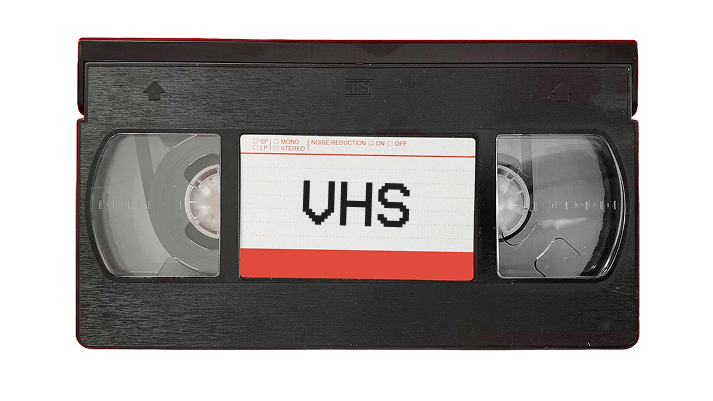Getting Started
Welcome to VHS! This guide will walk you through scaffolding a new project, connecting your database, and starting the development server. By the end, you’ll have a full-stack, type-safe application running locally and ready for you to build something amazing.
Prerequisites
Section titled “Prerequisites”All you need to get started is Bun. Bun is our all-in-one toolkit: it acts as the JavaScript runtime, package manager, and bundler for this project.
1. Scaffolding a New Project
Section titled “1. Scaffolding a New Project”To create a new VHS project, run the following command in your terminal:
bun create vhs@latest my-vhs-app2. Configure Environment Variables
Section titled “2. Configure Environment Variables”Your project needs a few environment variables to run, most importantly the connection string for your database.
First, copy the example environment file to create your own local version:
cp .env.example .envNow, open the newly created .env file. You will need to provide a connection string to a PostgreSQL-compatible database (e.g., from Vercel, Neon, Supabase, or your own local instance).
Update the DATABASE_URL variable with your actual database connection string.
# Replace this with your actual database connection stringDATABASE_URL="postgresql://user:password@hostname:5432/db"3. Sync Your Database Schema
Section titled “3. Sync Your Database Schema”Before running the application, you need to sync its schema with the database you provided in the previous step.
The starter project comes with a default schema defined in src/server/db/schema.ts. To create the necessary tables in your database, run the db:push command:
bun run db:pushThis command uses Drizzle Kit to introspect your schema and sync your database to match it. You should see a confirmation that the tables were created successfully.
4. Run the Development Server
Section titled “4. Run the Development Server”And that’s it for the setup! You’re now ready to start the development server.
bun devThis will start the Vike development server. Open your browser and navigate to http://localhost:3000. You should see your VHS application running live, with hot-reloading enabled for both the frontend and backend.
Next Steps
Section titled “Next Steps”Congratulations, you have a fully operational VHS application! 🚀
Now that you’re set up, here are a few places you might want to explore next:
